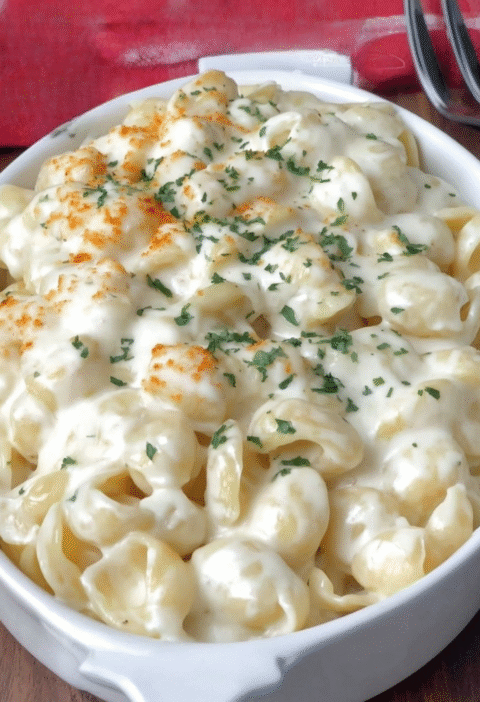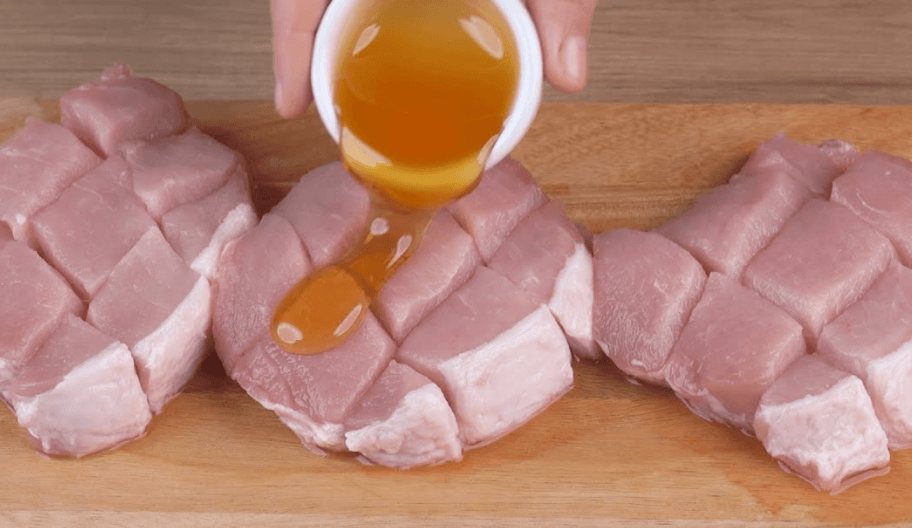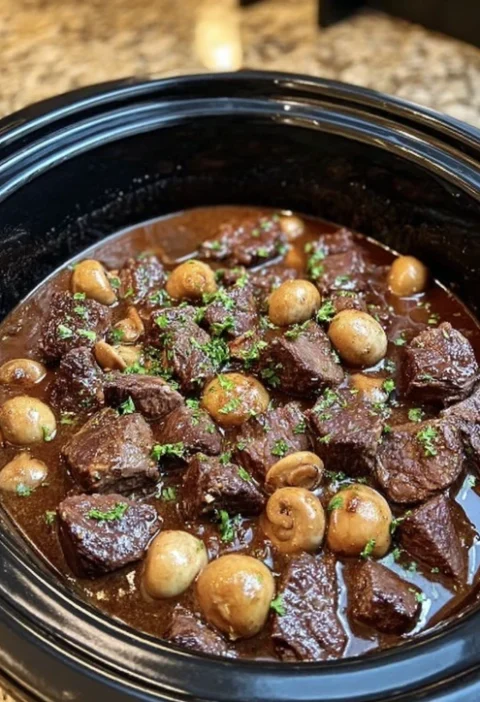When it comes to brightening up your dishes, nothing beats the fresh, zesty flavor of pickled vegetables. Today, we’re diving into a recipe that combines the sweetness of cherry tomatoes, the sharpness of red onions, and the refreshing crunch of cucumbers. This trio creates a symphony of flavors perfect for any occasion, whether you’re topping a salad, adding a punch to a sandwich, or simply enjoying them on their own as a snack. Pickling not only enhances the taste of these vegetables but also preserves their goodness, making them last longer in your pantry. So, let’s explore how to create these delightful Pickled Cherry Tomatoes, Red Onions, and Cucumbers at home!
Ingredients
For this recipe, you’ll need the following ingredients:
- 1 pint cherry tomatoes, washed
- 1 medium red onion, thinly sliced
- 1 cucumber, thinly sliced
- 2 cups white vinegar
- 1 cup water
- 1/4 cup sugar
- 1 tablespoon salt
- 3 cloves garlic, peeled and lightly smashed
- 1 teaspoon black peppercorns
- 1 teaspoon mustard seeds
- 1 teaspoon dill seeds
- 1 bay leaf
- Fresh dill sprigs (optional, for added flavor)
Why Pickling?
Pickling is an age-old method of preserving food that dates back thousands of years. It not only helps extend the shelf life of fruits and vegetables but also infuses them with a unique blend of flavors. The combination of vinegar, sugar, and spices in the pickling brine transforms everyday veggies into gourmet delights. Pickling is also relatively easy and doesn’t require any special equipment, making it accessible for anyone to try at home.
Instructions
1. Prepare Your Vegetables:
- Begin by washing your cherry tomatoes thoroughly. Pat them dry with a clean towel. For the red onions and cucumber, use a sharp knife or a mandoline to slice them thinly. Thin slices allow the pickling brine to penetrate the vegetables more effectively, ensuring a flavorful result.
2. Make the Pickling Brine:
- In a medium saucepan, combine the white vinegar, water, sugar, and salt. Add the garlic, black peppercorns, mustard seeds, dill seeds, and bay leaf to the mixture. Place the saucepan over medium heat and stir occasionally until the sugar and salt dissolve completely. Once dissolved, bring the mixture to a gentle simmer. Let it simmer for about 5 minutes to allow the spices to release their flavors into the brine.
3. Pack the Vegetables into Jars:
- While the brine is simmering, take clean, sterilized jars and start packing the vegetables into them. Begin by adding a few slices of red onion, followed by a handful of cherry tomatoes, and then a layer of cucumber slices. Continue layering until the jars are nearly full, leaving about half an inch of space at the top. If you’re using fresh dill sprigs, tuck a few into each jar for added flavor.
4. Add the Brine to the Jars:
- Carefully pour the hot pickling brine over the vegetables in the jars, ensuring that the vegetables are completely submerged. Use a spoon or a chopstick to remove any air bubbles that may be trapped among the vegetables. Add more brine if necessary to cover the vegetables completely.
5. Seal and Store:
- Wipe the rims of the jars with a clean, damp cloth to remove any spills or drips. Seal the jars with lids and screw on the bands until they are fingertip tight. Allow the jars to cool to room temperature. Once cooled, place them in the refrigerator. For the best flavor, let the vegetables pickle for at least 24 hours before serving.
Tips for Perfect Pickled Vegetables
- Use Fresh Vegetables: Fresh, high-quality vegetables will yield the best results. Look for firm cherry tomatoes, crisp cucumbers, and vibrant red onions to ensure your pickled veggies are packed with flavor and crunch.
- Customize Your Spices: Feel free to customize the spice blend to suit your taste. You can add red pepper flakes for a spicy kick, coriander seeds for a citrusy note, or even ginger for a touch of warmth.
- Adjust the Sweetness: If you prefer a less sweet pickle, reduce the amount of sugar in the brine. On the other hand, if you like your pickles on the sweeter side, add a bit more sugar to the mix.
- Experiment with Other Vegetables: While this recipe features cherry tomatoes, red onions, and cucumbers, you can use the same brine to pickle other vegetables like carrots, bell peppers, or radishes.
How to Serve Pickled Cherry Tomatoes, Red Onions, and Cucumbers
- As a Topping: Add these pickled veggies to burgers, hot dogs, or sandwiches for a burst of flavor.
- In Salads: Toss them into salads for a tangy, crunchy addition that elevates the dish.
- As a Side Dish: Serve them alongside grilled meats, barbecued dishes, or any main course to add a refreshing contrast.
- Snack on Them: They make a great snack on their own or can be served with a cheese and charcuterie board for a sophisticated appetizer.
Health Benefits of Pickled Vegetables
Pickled vegetables aren’t just delicious; they also come with several health benefits:
- Rich in Probiotics: The fermentation process in traditional pickling can introduce beneficial probiotics into your diet, aiding digestion and gut health.
- Low in Calories: Pickled veggies are generally low in calories, making them a healthy snack option.
- Rich in Antioxidants: Vegetables like tomatoes, cucumbers, and onions are naturally rich in antioxidants, which help fight free radicals in the body.
- Hydration: Cucumbers have a high water content, contributing to your daily hydration needs.
- Nutrient-Dense: Despite the pickling process, these vegetables retain many of their vitamins and minerals, making them a nutritious addition to your meals.
Frequently Asked Questions
- Can I use apple cider vinegar instead of white vinegar?
- Yes, you can substitute apple cider vinegar for a slightly sweeter and more complex flavor profile. It will alter the taste slightly but still result in delicious pickled vegetables.
- How long do pickled vegetables last?
- When stored properly in the refrigerator, these pickled vegetables can last up to 2-3 weeks. Always check for signs of spoilage before consuming.
- Can I use this recipe for canning?
- This recipe is designed for quick pickling and should be stored in the refrigerator. If you wish to make shelf-stable pickles, you’ll need to use a proper canning method to ensure food safety.
- Can I reuse the pickling brine?
- It’s not recommended to reuse the pickling brine because the salt, sugar, and vinegar concentrations can change, making it less effective for pickling. However, you can use it as a flavoring base for salad dressings or marinades.
Pickling is a fantastic way to preserve the freshness of summer’s bounty while infusing them with exciting flavors. This recipe for Pickled Cherry Tomatoes, Red Onions, and Cucumbers is simple to make, requires minimal ingredients, and offers a delightful burst of zesty, tangy flavor that can enhance a wide variety of dishes. Whether you’re new to pickling or a seasoned pro, this recipe is sure to become a staple in your kitchen. So grab some fresh veggies, whip up a batch of brine, and get pickling! Your taste buds will thank you.
Enjoy your pickled delights!






